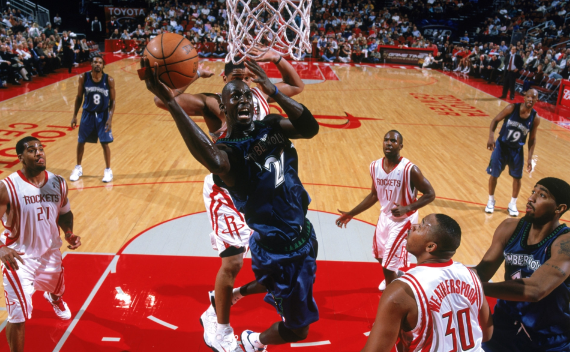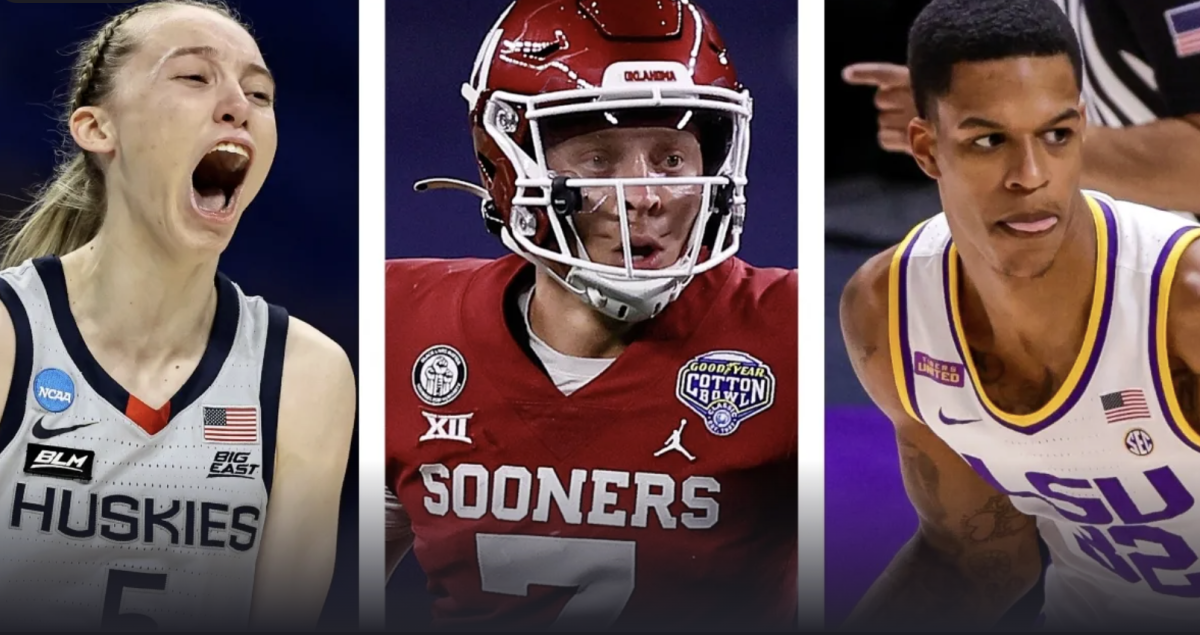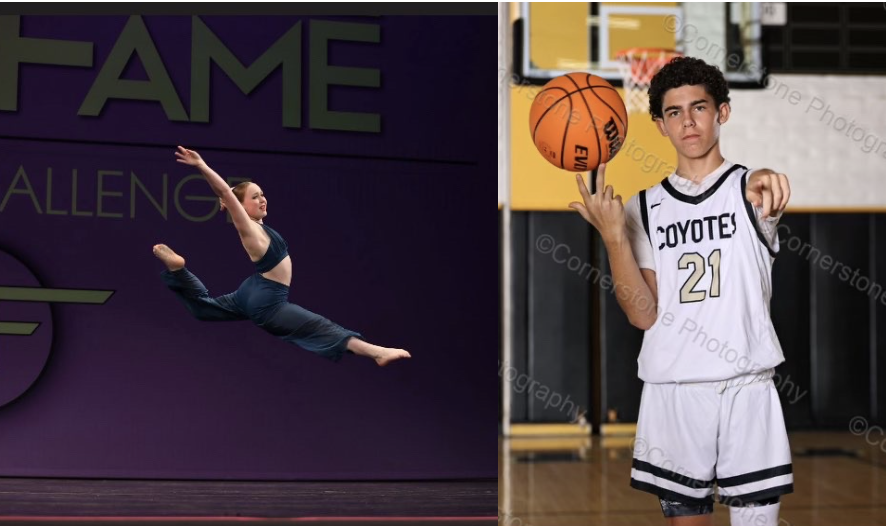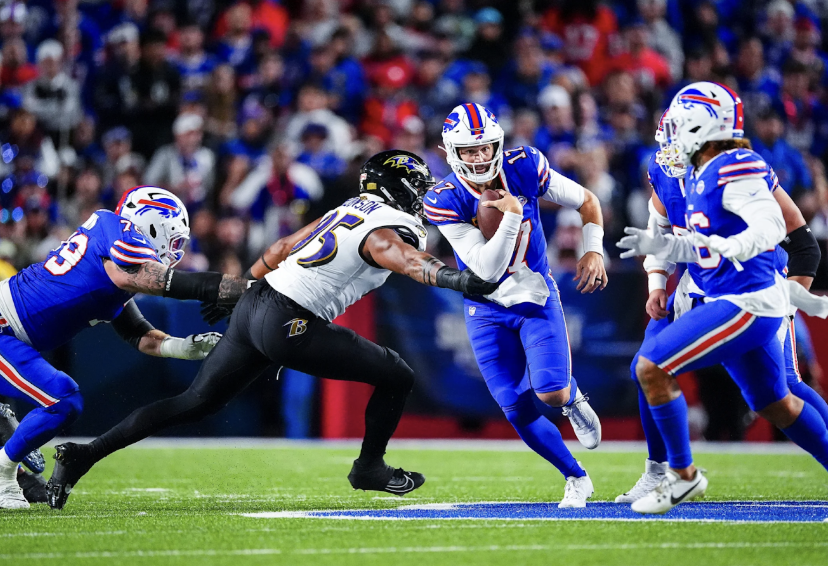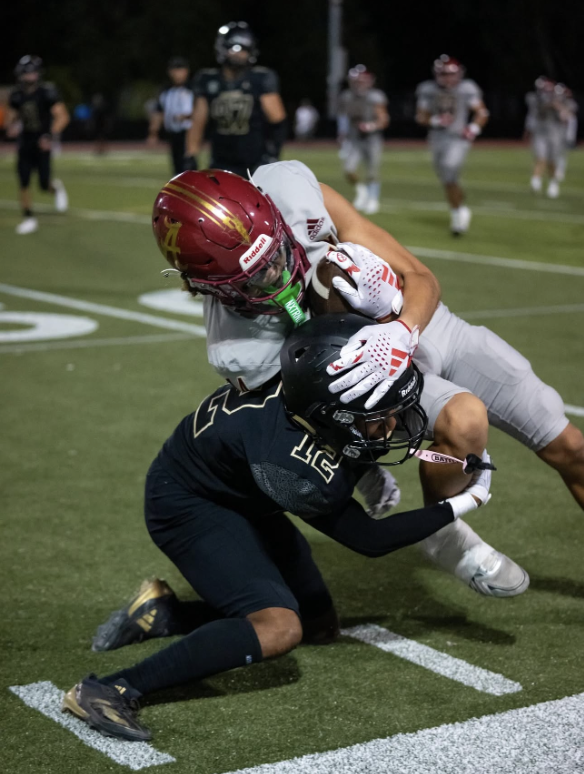Many students spend countless hours each school year working to attain high grades and strong standardized test scores. Some students, however, spend little time focused on school, as they fully commit themselves to a sport. Although athletes deserve recognition for their hard work, they should not receive an unfair advantage in the college admissions process. Oftentimes, athletes who are accepted to some of the best universities in the country have grades, standardized test scores and extracurricular activities that are simply not comparable to those of other accepted students.
Schools lower academic standards to make admission easier for athletes who are being recruited. Because athletics are of great importance to many universities in the nation, admission officers feel they must make exceptions for the better of the athletic departments of their schools. But to the students who have worked extremely hard academically during high school, the admission of athletes who are, based on their studies, unqualified is entirely inequitable.
“I think these scholarships are unfair because academically, a non-athletic person may be a higher achiever, and if colleges are about scholarly pursuit and higher education, then that should be rewarded over athletics,” said senior Niamh Grunfeld.
Hypothetically, compare high school senior John with a 4.2 GPA, 2250 Scholastic Aptitude Test (SAT) score and impressive list of extracurricular activities and high school senior Tom with a 3.0 GPA, 1670 SAT score and barely any extracurriculars. Both John and Tom apply to the University of California, Los Angeles, and at first glance, the stronger applicant is evident, unless extenuating circumstances of an applicant prove otherwise. However, if an additional qualification is added to Tom’s application, that he is an exceptional football player, admissions officers must reevaluate. With this new piece of information, UCLA recruits Tom for football and ultimately sends John a rejection letter. While Tom’s acceptance may not have an impact on John’s, the fact that a prestigious school such as UCLA is admitting a student with Tom’s qualifications and not a student with John’s is an injustice.
Once the athletes attend college, they continue to receive benefits, as they have special standards to meet. According to the National Collegiate Athletic Association, athletes are required to maintain a certain GPA and must complete a specific number of courses by the end of five years in college. These numbers differ based on divisions. The students must also meet minimum grade-point average requirements that are related to an institution’s own GPA standards for graduation. Although these athletes must meet certain standards, many universities spend thousands of dollars on tutors and other aids to help the players pass.
These athletic scholarships not only create inequality in determining adequate candidates for the school but also cause problems for the athletes. Athletes who do not meet the academic level of the university in which they are accepted struggle in order to keep up with their work and classes.
Universities hope to foster students who will succeed following the completion of their education. By recruiting players and handing out scholarships, the school is ultimately trying to make money. In the process, school officials are losing sight of the primary goal of receiving a college education: to learn and excel academically and then graduate equipped to attain a job in the real world.
Written by Ellie Berke – Staff Writer and Peyton Grenley – Editor-in-Chief and Yvonne Tarrab – Editor-in-Chief


